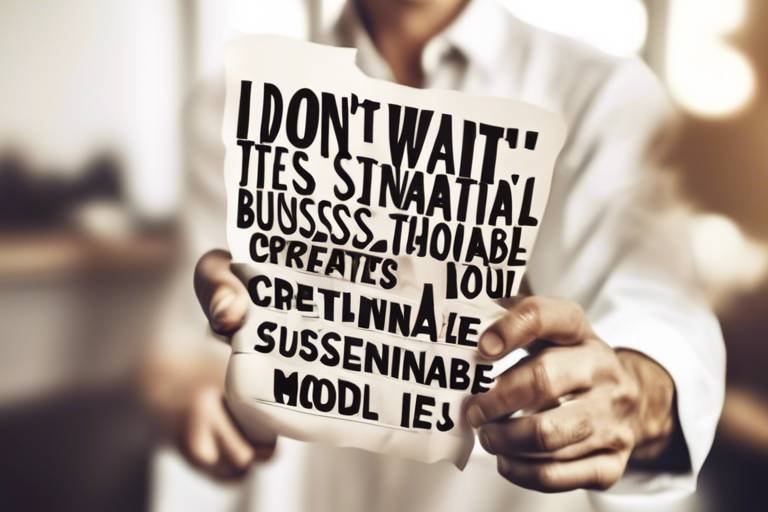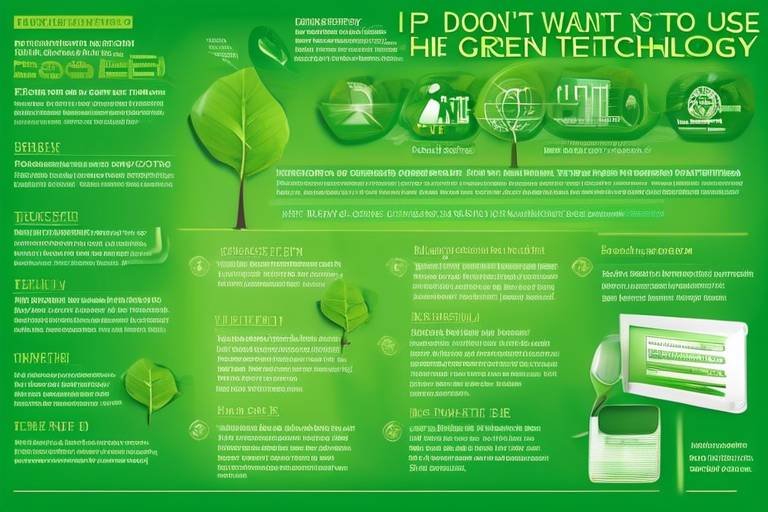How to Create an Eco-Friendly Craft Space
Creating an eco-friendly craft space is not only beneficial for the environment but also for your own well-being. By incorporating sustainable practices into your crafting area, you can reduce waste, conserve energy, and promote a healthier lifestyle. Let's explore some tips and ideas to help you set up a sustainable and environmentally friendly craft space in your home.
One of the key aspects of creating an eco-friendly craft space is choosing recycled furniture. By utilizing furniture made from recycled materials, you can significantly reduce waste and minimize your environmental impact. Look for pieces that are not only stylish but also sustainable, contributing to a more eco-conscious workspace.
To maximize natural resources and minimize energy consumption, it's essential to prioritize natural lighting in your craft area. By allowing ample natural light sources to illuminate your workspace, you can create a bright and inviting environment while reducing the need for artificial lighting.
While natural lighting is important, it's also crucial to install energy-efficient lighting fixtures in your craft space. Opt for LED or energy-saving light bulbs to further reduce electricity usage and create a well-lit workspace that is both eco-friendly and functional.
Organizing your craft supplies with sustainable storage solutions is another way to enhance the eco-friendliness of your craft space. Consider using bamboo shelves, recycled containers, or upcycled storage options to declutter your workspace while promoting sustainability.
When working on craft projects, consider upcycling materials whenever possible. Repurposing items like jars, fabric scraps, and cardboard not only reduces waste but also encourages creativity and resourcefulness in your crafting endeavors.
Designating a recycling station within your craft space is a practical way to minimize landfill waste. Create a dedicated area for sorting and recycling paper, plastic, and other craft materials, ensuring that you dispose of waste responsibly and sustainably.
Choosing non-toxic art supplies is essential for creating a healthier and more sustainable crafting environment. Opt for eco-friendly and non-toxic materials to minimize exposure to harmful chemicals and promote a safe and eco-conscious crafting experience.
Incorporating indoor plants into your craft space can bring numerous benefits, including improved air quality, reduced stress levels, and enhanced aesthetics. Adding greenery not only enhances the overall ambiance of your workspace but also contributes to a healthier and more sustainable environment.
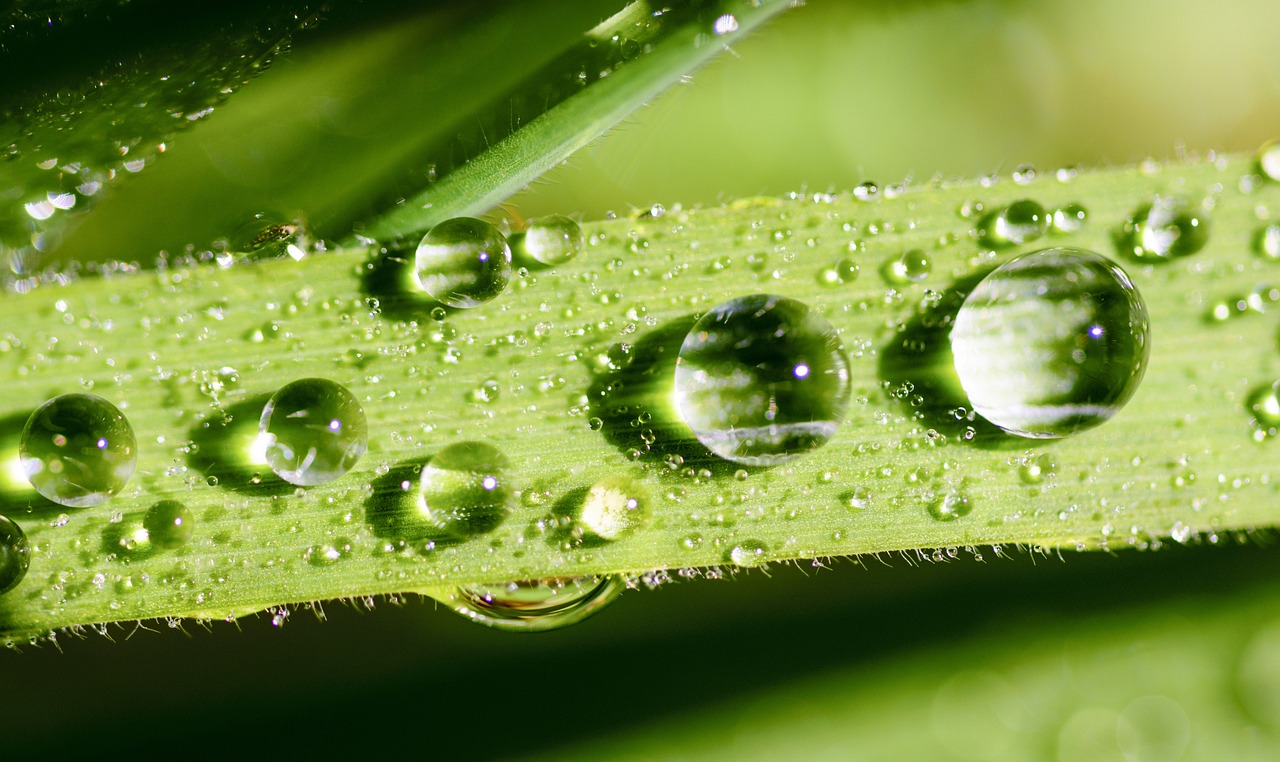
Choose Recycled Furniture
When it comes to creating an eco-friendly craft space, one of the key elements to consider is the furniture you choose. Opting for recycled furniture is a fantastic way to reduce waste and minimize your environmental impact. By selecting pieces made from recycled materials, you can contribute to a more sustainable future while also adding a unique touch to your craft area.
Recycled furniture comes in a variety of styles and designs, allowing you to find pieces that not only align with your eco-friendly goals but also complement your personal taste. From tables and chairs to storage units and shelving, there are plenty of options available to help you set up a sustainable and environmentally conscious craft space.
Additionally, choosing recycled furniture can be a cost-effective and creative way to furnish your craft area. You may discover one-of-a-kind pieces that add character and charm to your space, making it truly unique. Embracing recycled furniture not only benefits the environment but also allows you to express your creativity and individuality through your craft room decor.

Use Natural Lighting
When it comes to creating an eco-friendly craft space, one of the key elements to consider is using natural lighting. Natural light not only helps in reducing energy consumption but also creates a bright and inviting workspace. By maximizing natural light sources in your craft area, you can enhance your crafting experience while minimizing your environmental impact.
One effective way to utilize natural lighting is by strategically placing your craft space near windows or skylights. Positioning your work area in proximity to these light sources can help you make the most of natural daylight, reducing the need for artificial lighting during the day. This not only saves energy but also provides a well-lit environment for your creative projects.
If your craft space lacks access to ample natural light, consider incorporating reflective surfaces such as mirrors or light-colored walls to help bounce and distribute the incoming light. This technique can help brighten up your workspace and create a more open and airy feel, even in areas with limited natural light.
Another option to enhance natural lighting in your craft area is by using light-filtering window treatments. Opt for sheer curtains or blinds that allow natural light to penetrate while still providing privacy and protection from harsh glare. These window coverings can help diffuse sunlight, creating a soft and pleasant illumination in your craft space.
Additionally, consider arranging your crafting furniture and workstations in a way that maximizes exposure to natural light. Positioning your crafting table or desk near a window can not only provide adequate lighting for your projects but also offer a refreshing view of the outdoors, inspiring your creativity and boosting your mood.
By incorporating natural lighting into your craft space, you can create a sustainable and energy-efficient environment that promotes productivity and well-being. Embracing the benefits of natural light not only benefits the planet but also enhances your crafting experience, making your eco-friendly craft area a truly inspiring and enjoyable place to create.

Install Energy-Efficient Lighting
Tips and ideas for setting up a sustainable and environmentally friendly craft area in your home.
Utilize furniture made from recycled materials to reduce waste and environmental impact.
Maximize natural light sources to minimize energy consumption and create a bright workspace.
When setting up your eco-friendly craft space, it's crucial to prioritize energy-efficient lighting options. Opting for LED or other energy-saving light bulbs not only reduces electricity usage but also creates a well-lit environment conducive to your crafting activities. By choosing lighting solutions that are both eco-friendly and efficient, you can significantly lower your environmental footprint while enhancing the functionality of your workspace.
Explore eco-friendly storage options like bamboo shelves or recycled containers to declutter your craft space.
Repurpose items like jars, fabric scraps, and cardboard for crafting to reduce waste and promote creativity.
Designate an area for sorting and recycling paper, plastic, and other craft materials to minimize landfill waste.
Opt for eco-friendly and non-toxic art supplies to create a healthier and more sustainable crafting environment.
Add greenery to your craft space to improve air quality, reduce stress, and enhance the overall aesthetic.
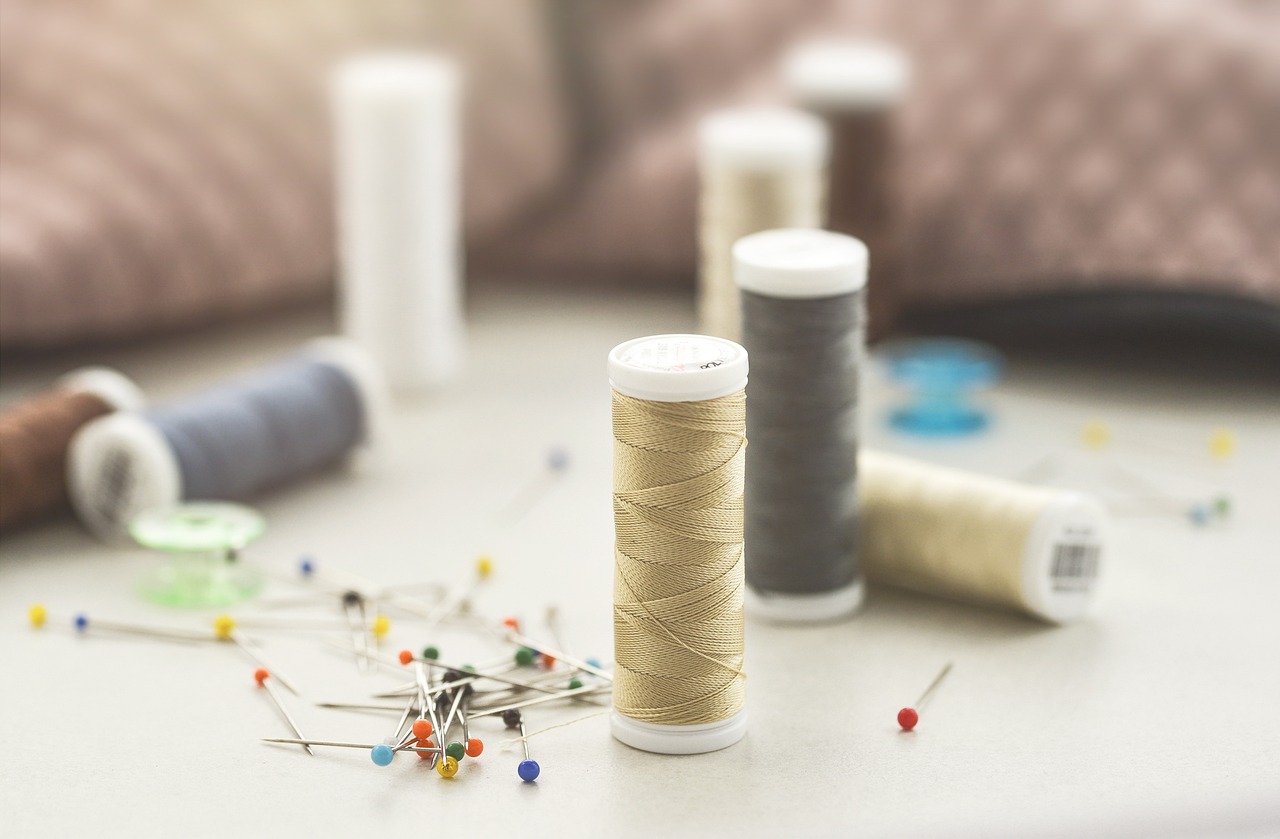
Organize with Sustainable Storage Solutions
When it comes to creating an eco-friendly craft space, organizing with sustainable storage solutions is key to maintaining a clutter-free and environmentally conscious workspace. By incorporating eco-friendly storage options, you not only declutter your craft area but also contribute to reducing waste and promoting sustainability.
One effective way to organize sustainably is by utilizing bamboo shelves, which are not only durable and stylish but also environmentally friendly due to bamboo's rapid growth and renewability. These shelves provide ample storage space for your crafting supplies while adding a natural touch to your workspace.
Another sustainable storage solution is using recycled containers to store items like beads, buttons, and threads. By repurposing containers such as glass jars or tin cans, you give these items a new life and prevent them from ending up in landfills. This approach not only reduces waste but also adds a unique and creative element to your craft organization.
Consider incorporating a designated upcycling station in your craft space, where you can repurpose materials like cardboard boxes or fabric scraps for future projects. By upcycling these materials, you not only save money on craft supplies but also contribute to reducing your environmental footprint by giving new purpose to items that would have otherwise been discarded.
Furthermore, investing in multi-functional furniture pieces that offer storage capabilities, such as ottomans with hidden compartments or tables with built-in shelves, can help maximize space efficiency in your craft area. These furniture options not only serve a practical purpose but also contribute to a more organized and sustainable workspace.
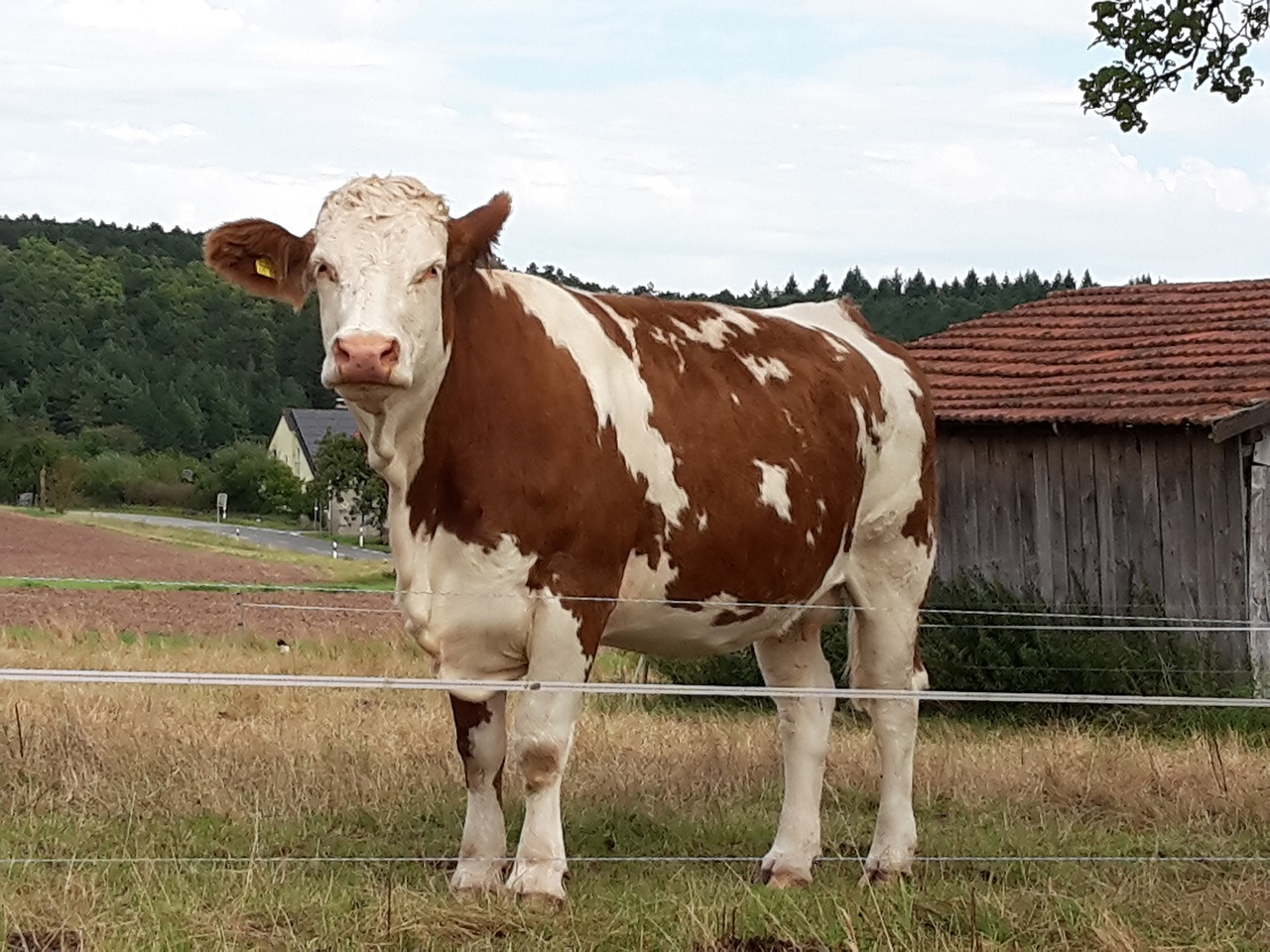
Upcycle Materials for Projects
When it comes to crafting, one person's trash can truly be another person's treasure. Upcycling materials for projects is not only a creative way to repurpose items but also a sustainable practice that reduces waste and promotes environmental consciousness. By giving new life to old jars, fabric scraps, cardboard, and other discarded materials, crafters can unleash their creativity while making a positive impact on the planet.
Imagine turning a plain glass jar into a charming candle holder or transforming old fabric scraps into a beautiful patchwork quilt. The possibilities are endless when you embrace the art of upcycling. Instead of buying new supplies, why not look around your home for items that can be repurposed for your next craft project?
Not only does upcycling help reduce the amount of waste that ends up in landfills, but it also challenges you to think outside the box and find new uses for everyday items. It's a fun and rewarding way to add a unique touch to your creations while being mindful of the environment.

Create a Recycling Station
Creating a recycling station in your eco-friendly craft space is a crucial step towards reducing waste and promoting sustainability. By designating a specific area for sorting and recycling paper, plastic, and other craft materials, you can minimize landfill waste and contribute to a greener environment.
When setting up your recycling station, consider using separate bins or containers for different types of materials to facilitate the sorting process. Labeling each bin clearly can help ensure that recyclables are disposed of correctly and efficiently.
Additionally, educate yourself and others in your household about the importance of recycling and the proper way to dispose of different materials. Encouraging a culture of recycling within your home can lead to long-term positive habits that benefit the environment.
Make it a habit to regularly empty and transport the recyclables from your craft space to the appropriate recycling facilities. By taking the extra step to ensure that your materials are recycled properly, you are actively contributing to the conservation of resources and the reduction of waste.

Choose Non-Toxic Supplies
When it comes to creating an eco-friendly craft space, one crucial aspect to consider is the choice of non-toxic supplies. Opting for eco-friendly and non-toxic art supplies not only contributes to a healthier crafting environment but also aligns with sustainable practices. By selecting supplies that are free from harmful chemicals and toxins, you can ensure that your crafting space promotes well-being and environmental responsibility.
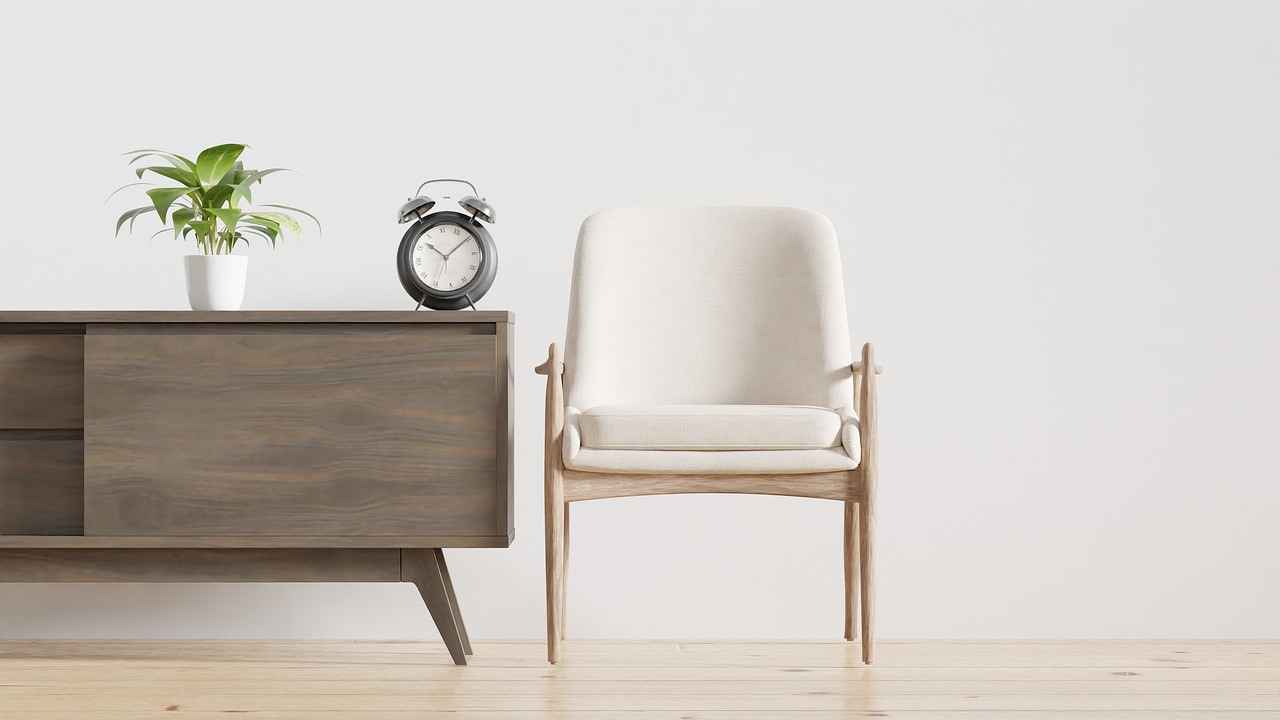
Incorporate Indoor Plants
When it comes to creating an eco-friendly craft space, incorporating indoor plants can be a game-changer. Not only do plants add a touch of natural beauty to your workspace, but they also offer a myriad of benefits that can enhance your crafting experience. Indoor plants have the remarkable ability to improve air quality by absorbing toxins and releasing oxygen, creating a healthier environment for you to unleash your creativity.
Moreover, indoor plants can help reduce stress and anxiety, promoting a sense of calm and well-being while you engage in your craft projects. Imagine being surrounded by lush greenery as you work on your latest masterpiece, feeling a sense of tranquility wash over you with each brushstroke or stitch.
Additionally, incorporating indoor plants can elevate the aesthetic appeal of your craft space, adding a pop of color and life to the room. Whether you opt for small succulents on your desk or hanging vines cascading from shelves, plants can transform your workspace into a vibrant and inspiring oasis.
Frequently Asked Questions
- What are the benefits of creating an eco-friendly craft space?
Creating an eco-friendly craft space not only helps reduce your environmental impact but also promotes a healthier and more sustainable lifestyle. By using recycled materials, natural lighting, and non-toxic supplies, you contribute to a greener planet and create a safer workspace for yourself.
- How can I incorporate indoor plants into my craft area?
You can add indoor plants to your craft space by choosing low-maintenance varieties that thrive in indoor environments. Plants like pothos, spider plants, or succulents can enhance air quality, reduce stress, and bring a touch of nature to your workspace.
- Why is it important to choose non-toxic art supplies?
Opting for non-toxic art supplies is crucial for your health and the environment. Traditional art supplies may contain harmful chemicals that can be released into the air or waterways, posing risks to your well-being and ecosystem. Choosing eco-friendly alternatives ensures a safer crafting experience for you and the planet.









